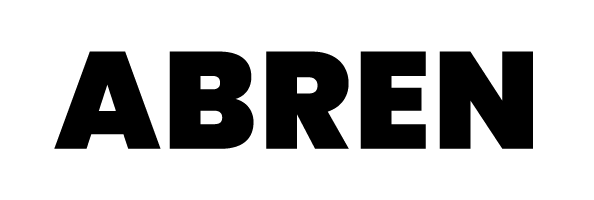|
Getting your Trinity Audio player ready...
|
Addis Ababa, July 28, 2024 — In response to political changes in 2018, Ethiopia has ramped up its economic reform efforts to address external debt, inflation, and unemployment. The Home-Grown Economic Reform Program (HGER 1.0), initiated in 2019, has delivered notable results, with the nation’s GDP growing at an average annual rate of 7.1% from 2019 to 2023, despite facing various internal and external challenges. This growth has slightly increased tax revenues and strengthened Ethiopia’s role as a significant economic player in Africa.
To sustain this progress, Ethiopia has introduced HGER 2.0, focusing on establishing a stable macroeconomic framework, enhancing the investment and trade environment, boosting productivity, and improving public sector efficiency. The new phase aims to continue high economic growth while lowering inflation, setting the stage for ongoing development and job creation.
The National Bank of Ethiopia has recently shifted to an interest rate-based monetary policy, part of a three-year strategy to control inflation. Fiscal reforms are also underway to ease public finance pressures, including improved revenue collection, optimized spending, social safety nets, pension system restructuring, and better public debt management.
A recent agreement with the International Monetary Fund (IMF) includes significant foreign debt relief, restructuring, and a free-floating exchange rate. This agreement has secured a $10.7 billion financial package from the IMF, World Bank, and other lenders, which will support the macroeconomic transition, particularly the Birr’s floating exchange rate. Additionally, $2.7 billion from bilateral lenders will be used for currency swaps to facilitate trade, making Ethiopia one of Africa’s top recipients of international financial aid.
In the next few months analysts expect the Birr’s exchange rate to stabilize around the current parallel rate of 118 to the dollar. The move should help ease availability of hard currency in the country, as more and more transactions funnel through official channels, and away from the black market. Some economist worry however, that these changes are too liberal, making it easier to export foreign exchange, desperately needed for a developing economy. They also caution against a cost of living crisis as a result of rising import costs.
To ensure the successful implementation of these reforms, the government is reinforcing key institutions such as the National Bank of Ethiopia, the Ministry of Finance, and the Ministry of Planning and Development. These efforts align with Ethiopia’s long-term development goals and will be closely monitored.
The government also plans to use funds to protect vulnerable populations through enhanced social safety nets, wage subsidies for government employees, and partial subsidies for fuel price increases. The reform process will be continually reviewed and adjusted based on current data. Regular updates will be provided by the Ministry of Finance and the National Bank of Ethiopia.
As Ethiopia attracts more foreign direct investment, key indicators like price stability and law and order will be crucial for maintaining its status as a promising African economy. However, concerns remain about how the flexible exchange rate might impact the cost of living, especially given recent experiences in Nigeria and Kenya where similar reforms led to increased consumer prices. How Ethiopia manages these challenges in the coming months will be closely watched.










